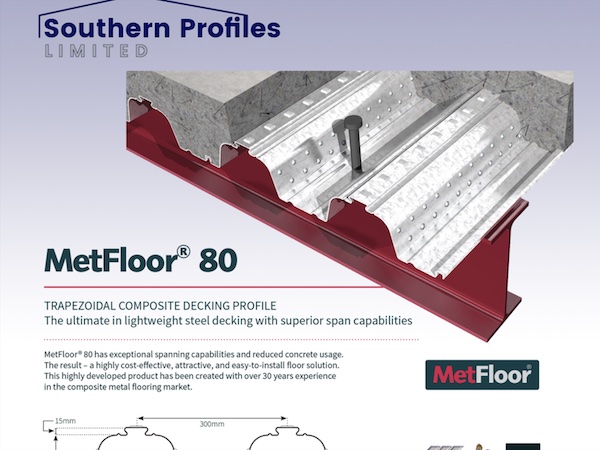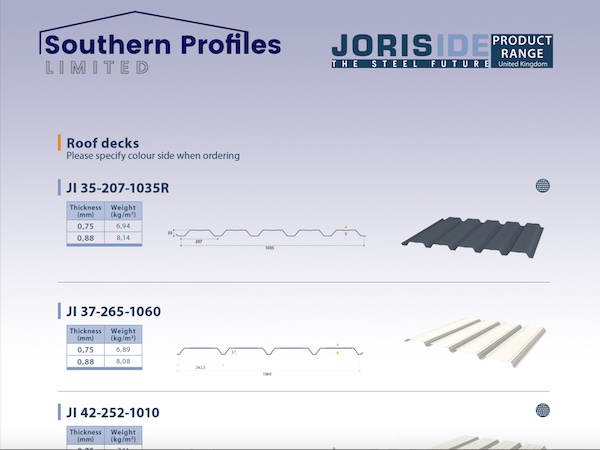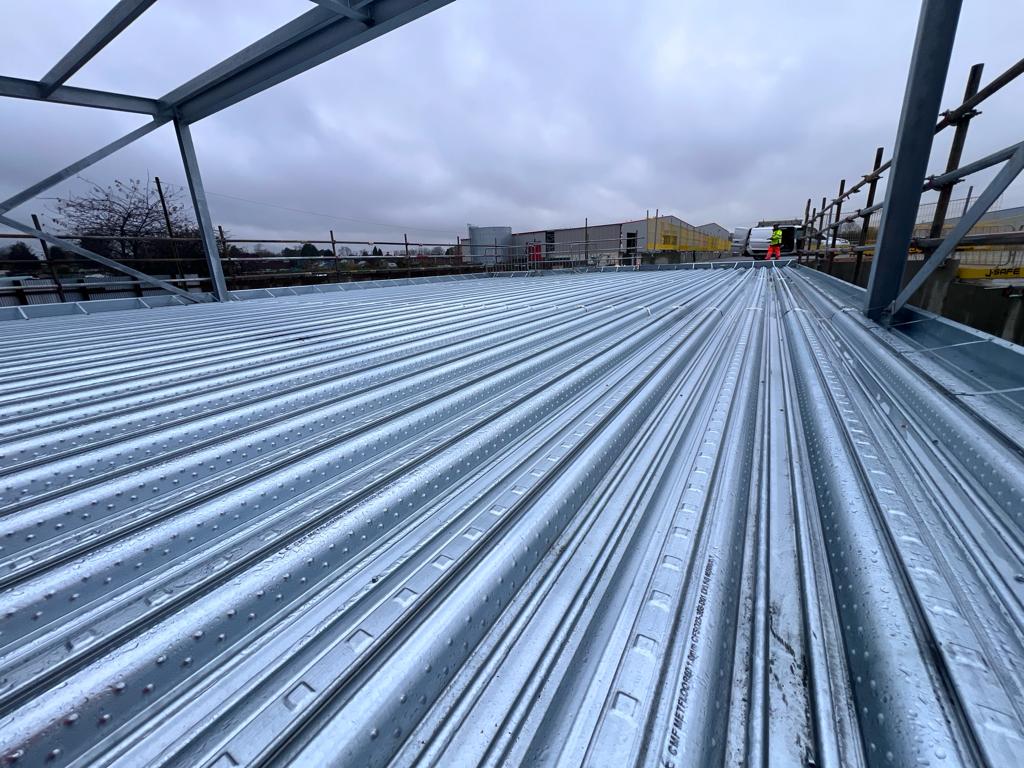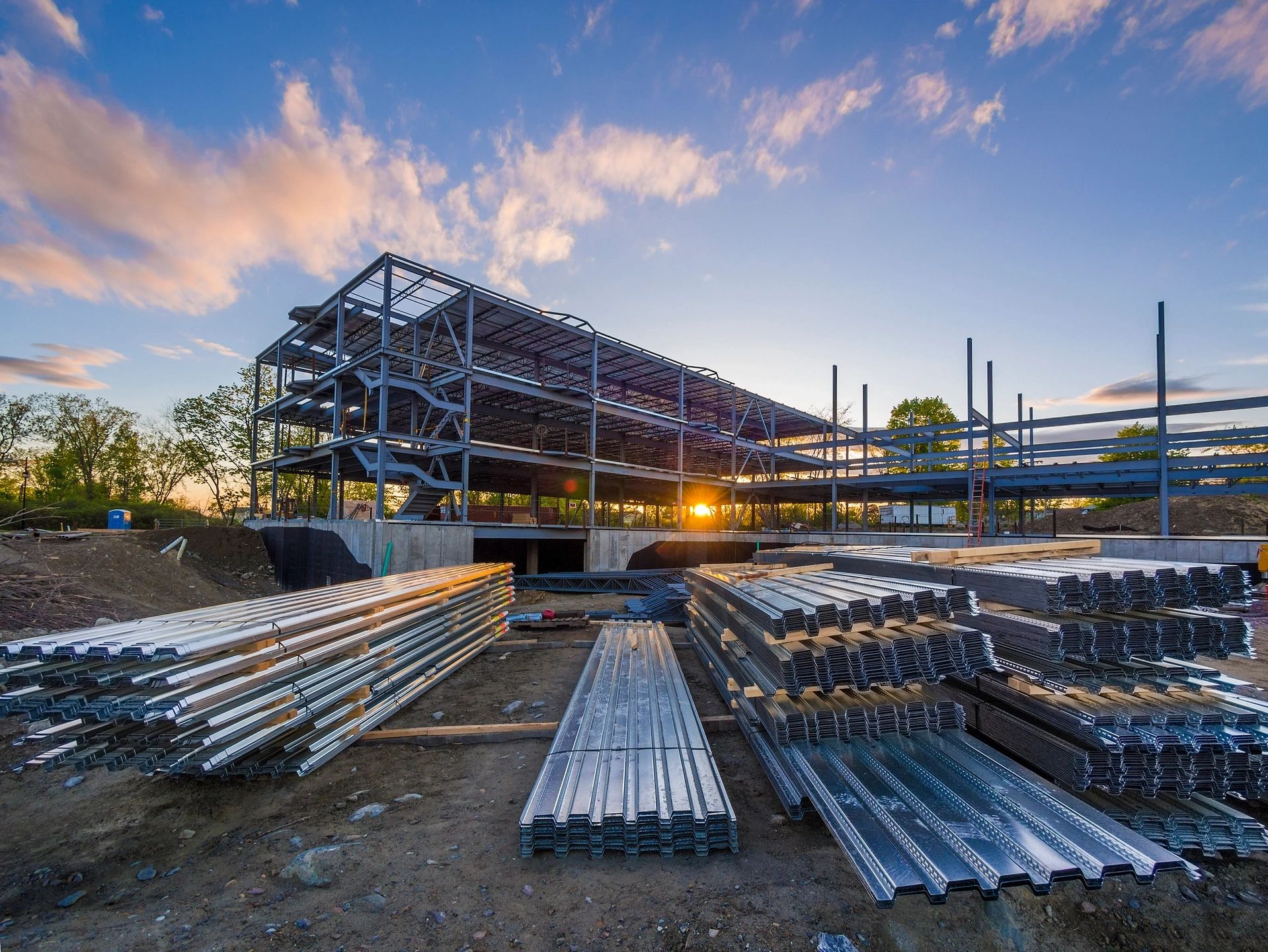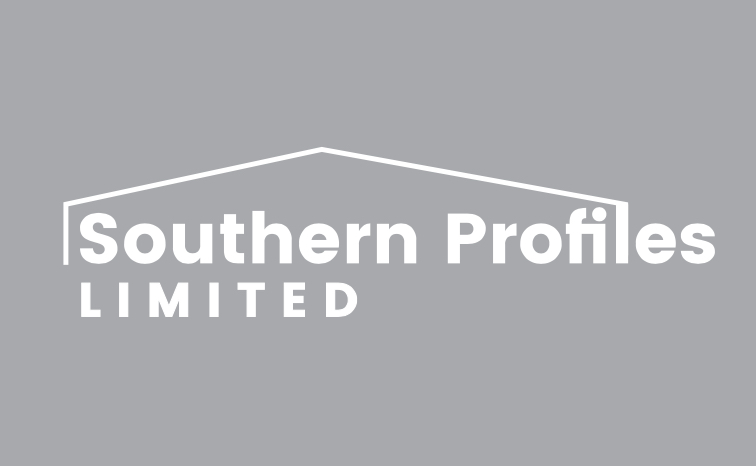- Introduction to Metal Decking
- What is metal decking?
- Importance of metal decking in construction
- Types of Metal Decking
- Steel decking
- Aluminum decking
- Composite decking
- Uses of Metal Decking
- Commercial buildings
- Industrial structures
- Residential projects
- Infrastructure projects
- Advantages of Metal Decking
- Strength and durability
- Fire resistance
- Sustainability
- Versatility in design
- Considerations When Choosing Metal Decking
- Load-bearing capacity
- Corrosion resistance
- Installation requirements
- Cost-effectiveness
- Installation Process of Metal Decking
- Pre-installation preparations
- Installation techniques
- Safety considerations
- Post-installation inspections and maintenance
- Case Studies: Successful Applications of Metal Decking
- Showcase real-world examples of projects using metal decking
- Highlight benefits and outcomes achieved
- Trends and Innovations in Metal Decking
- Emerging technologies
- Sustainable practices
- Customization options
- Challenges and Solutions in Metal Decking
- Address common issues such as corrosion and expansion
- Provide solutions and best practices
- Conclusion
- Recap the key points discussed
- Emphasize the importance and benefits of metal decking
Introduction to Metal Decking
Metal decking has become an integral component in the construction industry, offering a versatile and durable solution for various structural needs. From commercial buildings to residential projects, metal decking provides strength, stability, and longevity, making it a popular choice among architects and builders worldwide.
Types of Metal Decking
Metal decking comes in different varieties to suit different applications and preferences. Steel decking, known for its robustness and load-bearing capacity, is commonly used in large-scale projects such as skyscrapers and bridges. Aluminum decking, prized for its lightweight yet strong properties, is favored for its corrosion resistance and aesthetic appeal. Composite decking, a blend of wood fibers and recycled plastics, offers the look of wood with the durability of metal, making it ideal for outdoor use in decking and railing systems.
Uses of Metal Decking
Metal decking finds applications across various sectors, including commercial, industrial, residential, and infrastructure projects. In commercial buildings, metal decking provides a stable platform for floors and roofs, supporting heavy loads and ensuring structural integrity. In industrial structures such as warehouses and factories, metal decking offers durability and fire resistance, essential for safety and compliance. In residential projects, metal decking serves as a reliable foundation for balconies, patios, and walkways, enhancing outdoor living spaces. In infrastructure projects like bridges and highways, metal decking provides strength and stability, withstanding heavy traffic and environmental factors.
Advantages of Metal Decking
One of the key advantages of metal decking is its strength and durability. Unlike traditional materials like wood or concrete, metal decking can withstand extreme weather conditions, heavy loads, and prolonged use without deteriorating. Additionally, metal decking is highly fire-resistant, offering added safety and peace of mind in the event of a fire. From an environmental standpoint, metal decking is sustainable, as it can be recycled and reused, reducing waste and carbon footprint. Moreover, metal decking offers versatility in design, allowing architects and builders to create innovative and visually appealing structures.
Considerations When Choosing Metal Decking
When selecting metal decking for a project, several factors should be taken into account to ensure optimal performance and suitability. Load-bearing capacity is a critical consideration, especially for structures with heavy equipment or machinery. Corrosion resistance is another important factor, particularly in coastal or industrial environments where exposure to moisture and chemicals is high. Installation requirements such as fastening methods and support systems should also be considered to ensure proper installation and long-term stability. Finally, cost-effectiveness is a key consideration, with factors such as material cost, installation labor, and maintenance needs influencing the overall project budget.
Installation Process of Metal Decking
The installation of metal decking follows a systematic process to ensure proper fit and functionality. Pre-installation preparations involve site inspections and assessments to determine the requirements and specifications of the project. Installation techniques may vary depending on the type of metal decking and the design of the structure. Safety considerations are paramount throughout the installation process, with measures in place to prevent accidents and injuries. Post-installation inspections and maintenance are essential to ensure the longevity and performance of the metal decking, with regular inspections and repairs as needed.
Case Studies: Successful Applications of Metal Decking
Real-world examples demonstrate the versatility and effectiveness of metal decking in various construction projects. Case studies highlight successful applications of metal decking in commercial, industrial, and residential settings, showcasing the benefits and outcomes achieved. From high-rise buildings to outdoor recreational areas, metal decking has consistently delivered superior performance, exceeding expectations and enhancing the built environment.
Trends and Innovations in Metal Decking
The metal decking industry is constantly evolving, with ongoing advancements in technology and sustainability practices. Emerging trends include the use of lightweight materials for enhanced efficiency and sustainability. Sustainable practices such as recycling and reuse are becoming increasingly important, with manufacturers and builders exploring new ways to reduce waste and minimize environmental impact. Customization options are also on the rise, with metal decking available in a variety of colors, textures, and finishes to suit different architectural styles and design preferences.
Challenges and Solutions in Metal Decking
While metal decking offers numerous benefits, it is not without its challenges. Common issues such as corrosion, expansion, and installation errors can affect the performance and longevity of metal decking. However, solutions are available to address these challenges, including the use of corrosion-resistant coatings, expansion joints, and proper installation techniques. By understanding the potential challenges and implementing effective solutions, builders can ensure the durability and reliability of metal decking in their projects.
Conclusion
In conclusion, metal decking represents a versatile and durable solution for a wide range of construction projects. From its strength and durability to its fire resistance and sustainability, metal decking offers numerous advantages that make it a preferred choice among architects, builders, and property owners. By considering factors such as load-bearing capacity, corrosion resistance, and installation requirements, stakeholders can make informed decisions and reap the benefits of metal decking in their projects.

